Quinn Hart’s College Essay
Imagine a world where humans can fly. I picture people with broad, angelic wings rooted on backs, coated in bright white feathers. In this fantasy, doors sit on the third story, towering above the street. People soar to their destinations; well, almost everyone. Within this world, there are some who don’t have wings. They walk and run like you and I and are perfectly capable, yet this fantastic society is not designed for their needs. They need ladders to reach their doors, and it was through my experience at Waypoint Adventures where I learned how to build them.
Waypoint is a non-profit organization that takes people living with disabilities in the Boston area on outdoor adventures. This was my first job, and working with others I didn’t know left me both excited and nervous. Yet what truly unsettled my stomach on my first day in July was my responsibility to guide the success of these individuals with disabilities.
I worked on kayaking programs, arriving an hour early to prepare the kayaks and learn about the goals and challenges of my boat partners.
On one particular program, we hosted a group home for children with visual impairments on the Charles River. My boat partner was a boy named Matheus. He was completely blind, and the mere idea of teaching him to kayak intimidated me. I had already kayaked with adults with disorders like autism and down syndrome but still I felt unprepared. The thought of paddling the kayak by myself popped into my head. My low expectations for Matheus’s capability left me feeling guilty, but kayaking without sight didn’t seem realistic.
When Matheus arrived, I asked him if he had ever been kayaking before; he answered yes but was unsure how to grip the paddle without the blade dipping into the water awkwardly. So, I began building my first ladder.
I grabbed duct tape and two small twigs laying on the shore. Lining the sticks up with the blade, I taped them down to the shaft of the paddle where Matheus rested his hands. I handed him the paddle and instructed him to twist the shaft until he could feel the bump of the sticks beneath his knuckles. This enabled Matheus to sense the position of the paddle as it entered the water.
My innovation worked perfectly. Matheus and I flew through the water, our paddles waving in unison, laughing together at how far ahead we were from the group. In that moment, the smile that pulled the ends of his face prompted my realization that Matheus was more capable than I previously thought.
Matheus then asked me about the view of the river. I stopped paddling. The task of describing an image to someone without sight seemed more challenging than any math problem.
For a brief moment, I fell back into the doubt that plagued me earlier, and then, I began building my second ladder. I described the vastness of the river and how the city of Boston loomed majestically over the water. I counted how many windows it took to reach the top of the Prudential which loomed over us.
Every detail, no matter its significance, I pointed out. As the group began catching up to us, I placed Matheus’s hand in the water. It was his turn to tell me what he felt.
I never saw Matheus after that program, but the hour and a half we spent together changed my definition of disability. Matheus and I are equally capable of success though we require different resources to achieve it. With these ladders, people’s views of themselves and what they can accomplish are transformed. In fact, Matheus and everyone else I kayaked with over the summer all became rungs to my own ladder that helped me realize my potential- the potential to unite others, to change perceptions and to empower through adventure.


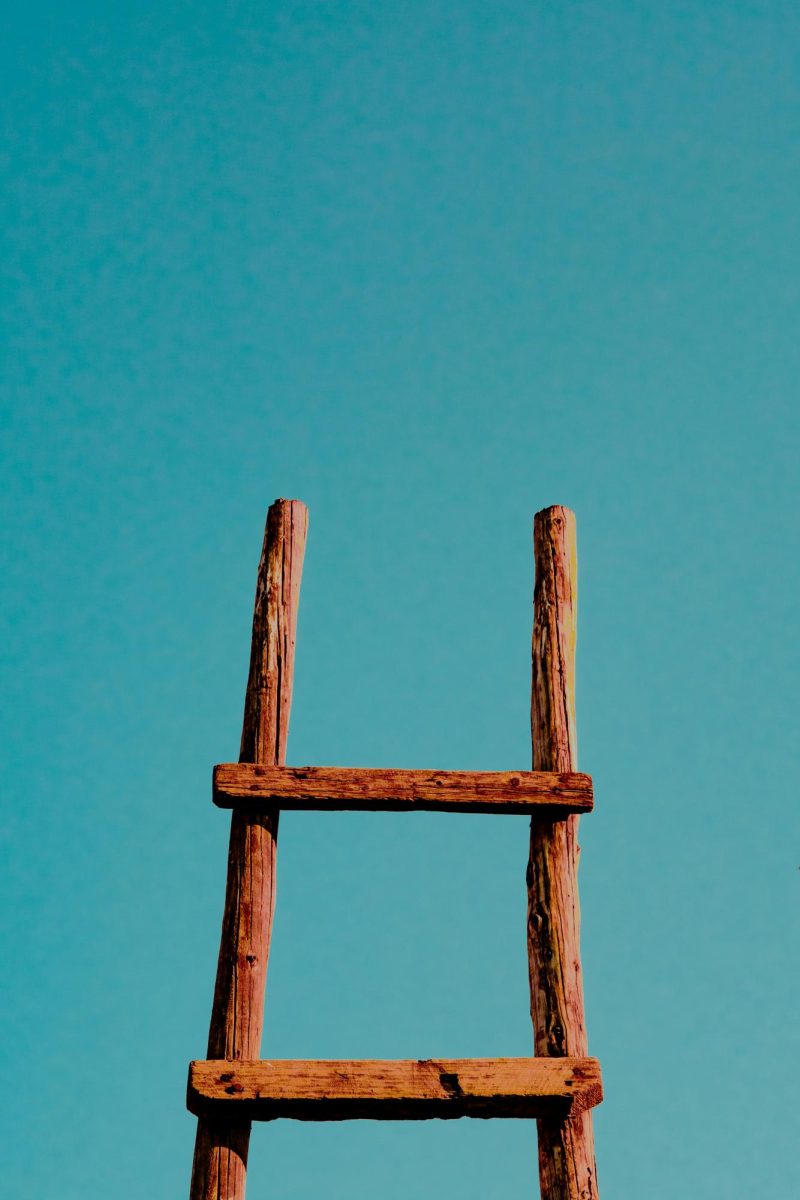
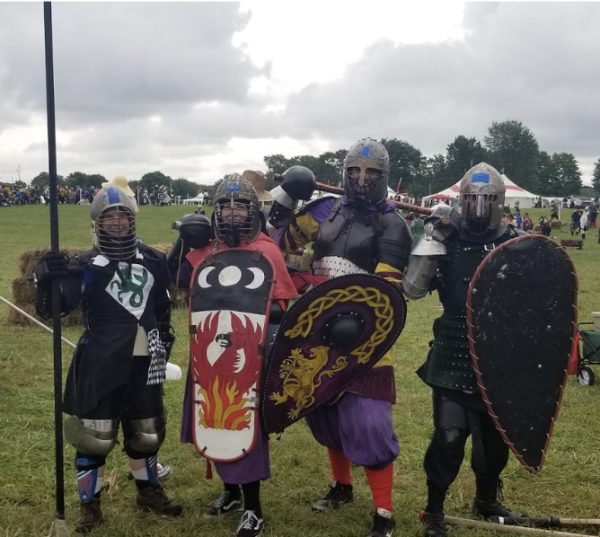

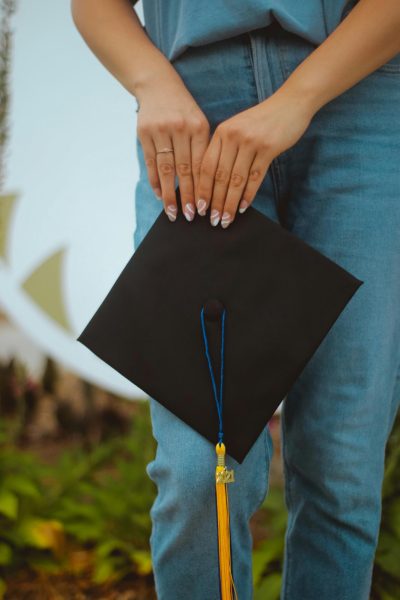
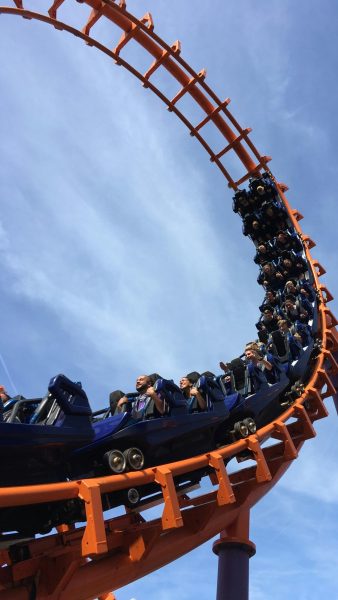
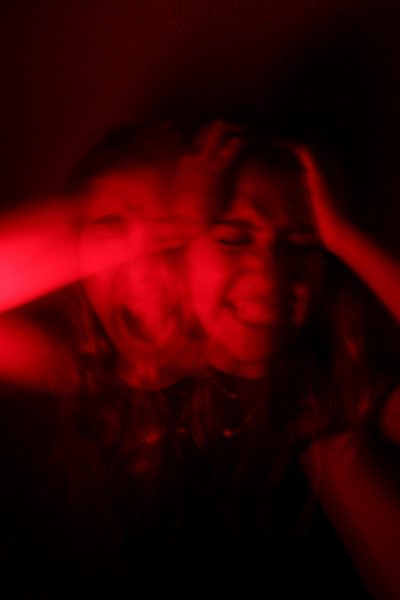
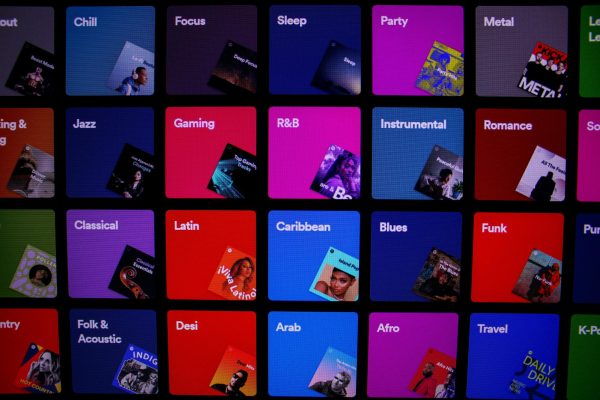
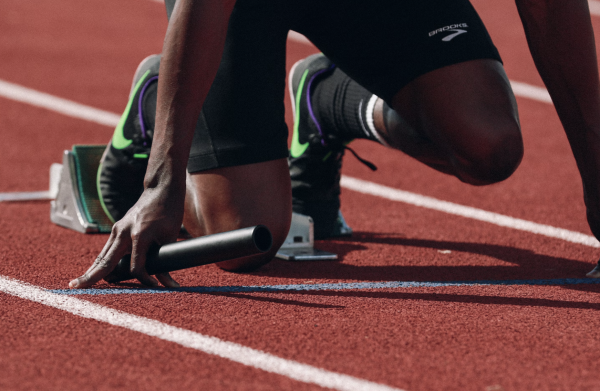
Aiden Powers • Dec 1, 2021 at 9:30 AM
This is fantastic, thanks for sharing
Liza • Nov 23, 2021 at 7:59 PM
This is so beautiful! Thank you so much for sharing your experience and insight.